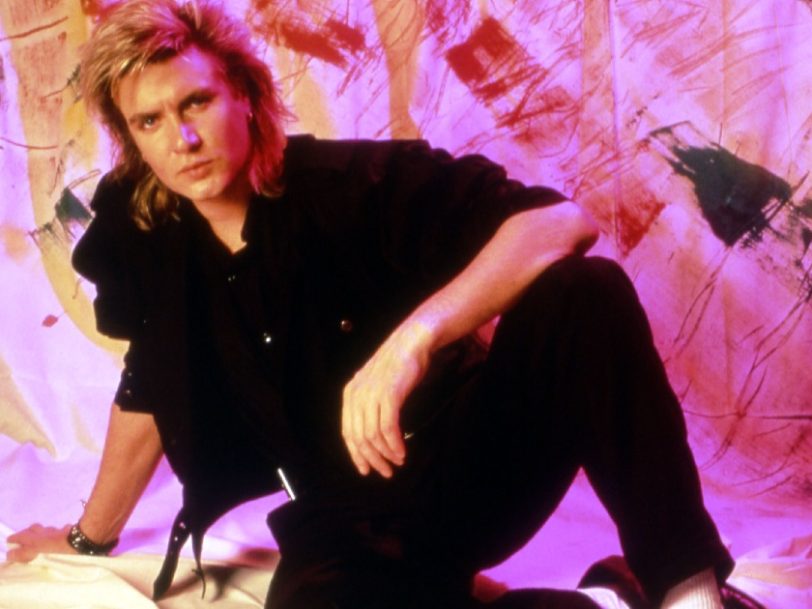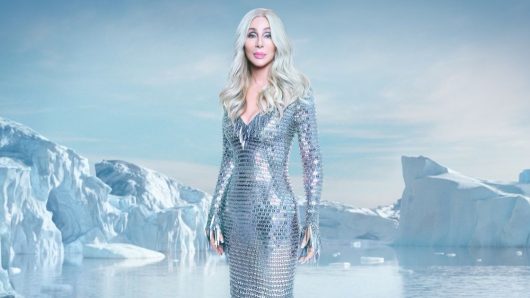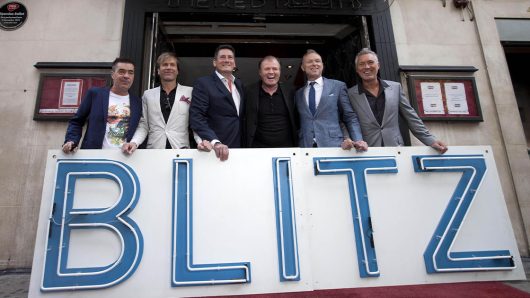Duran’s Duran’s notable durability is down to a winning combination of their brilliant launch manifesto (“To be The Velvet Underground, produced by Giorgio Moroder”), a nuanced songwriting skill that has stayed one step ahead of the zeitgeist, and the genius timing that made them the biggest band in the world. Luck might have played its part, but lengthy careers such as theirs rarely sustain on lightweight substance alone.
Listen to the best of Duran Duran here.
While the band’s line-up has fractured and reformed over time, the core professional bond of founders John Taylor, on guitar, and keyboardist Nick Rhodes has endured, while the group’s determined fanbase has now crowned Duran Duran the 80s heritage band it’s still cool to celebrate, with an awesome live reputation ensuring their continued success.
Even so, those albums keep coming, with 2021’s Future Past earning the Birmingham, England, group some of the strongest reviews of their career. That said, little can compete with the halcyon era of the band’s imperial peak – a glorious 36-month run that built gradually alongside the newly launched MTV channel and arguably came to a close with the band’s performance at the Philadelphia leg of July 1985’s Live Aid concert.




